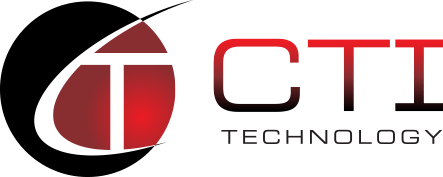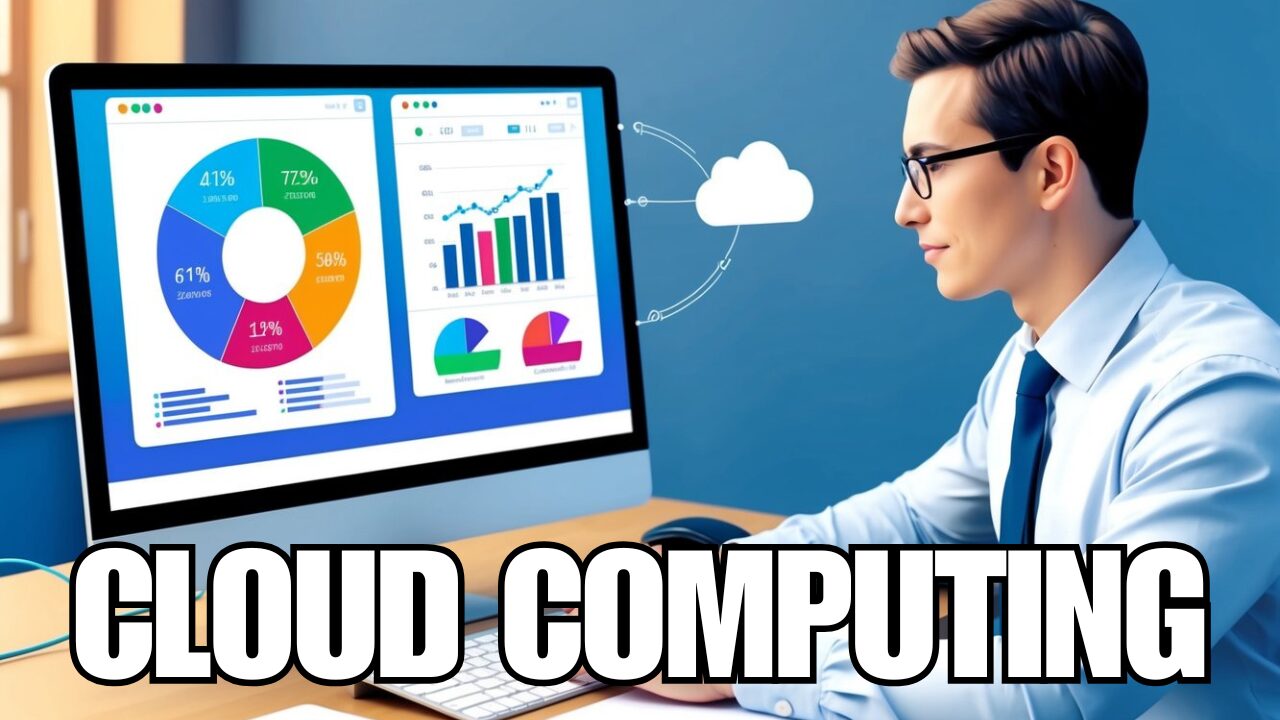Business disruption is a typical modern-day issue. It takes multiple shapes, including natural events like hurricanes and storms, technical hitches like server crashes and network downtime, or planned events like office relocation. When these risks occur, the business loses tons of revenue in lost productivity and sales, and sometimes, the senior management and top IT leaders may be caught unaware.
Thankfully, there’s a way to plan for these disruptive events and even avoid some of them altogether. Having a robust business continuity strategy puts your company in a better position to respond quickly to a disruptive event and keep the business operational no matter what.
Team acted quickly to make sure my email and computer had not been compromised in a potentially threatening situation. Thanks All!
And the reward? Your revenues will always be par-level, there will be no more customer dissatisfaction, and the team will always be motivated and confident to execute their duties worry-free. But the question is, how do you tell that your business continuity plan is robust enough to arrest disruptions? Here are the top six must-have elements:
A Select Planning Team
Risk mitigation is a critical matter that requires the knowledge and expertise of a select emergency planning team. These may include supervisors, risk managers, practice managers, veterinarians, etc. You also want to ensure that every part of your organization has a business continuity team tasked with local and organizational-wide responses to disruptive events.
The team should continuously plan and test business continuity strategies throughout the year to keep updated with new market trends and become familiarized with the pressure of responding to a real emergency. But as a business, remember that the planning team’s success depends on your support; you should provide the necessary resources and cooperation to keep business continuity alive.
Business Impact Analysis (BIA)
Gartner defines business impact analysis (BIA) as “the process of determining the criticality of business activities and associated resource requirements to ensure operational resilience and continuity of operations during and after a business disruption.” Simply put, a BIA process identifies and quantifies the impact of a business disruption, interruption, or loss.
Conducting an in-depth business impact analysis helps identify critical risk response activities and the time frame within which they must be completed to enhance continuity. The BIA should also touch on your suppliers. For example, if one of your top vendors were to suffer a colossal business disruption, could you still operate flawlessly? If the answer is NO, that’s a sign you need to plan for alternatives should your primary supplier get grounded by a disruptive event.
A Defined Plan
Let’s face it; business disruptions come unannounced and can cause an absolute disaster if you’re not prepared. Hence, you must develop a clear-cut plan by imagining all sorts of risks that could occur in every sector of your business, then work out what you’d need to do to keep your most critical operations alive.
But that’s not all; you also want to prioritize your recoveries according to customer protection, regulatory complications, revenues, brand concerns, etc. After reaching a consensus on ranking the recoveries according to whatever matters the most to your business, it’s time for your select team to identify appropriate strategies and cost implications of each recovery process. This also helps the IT department ensure that essential applications will be up and running within a defined recovery point objective (RPO) and recovery time objective (RTO).
Testing the Plan
You can never be sure whether the business recovery and continuity plan will work unless you test it periodically. The other reason for testing the plan (at least once a year) is to ensure that it’s up-to-date and ready for implementation because an outdated strategy is worse than not having one at all.
In essence, the best plan should reflect on the current business trends, environment, priorities, operational structure, IT environment, and other definitive factors. And you can only realize this by reviewing and updating the plan at least more than once a year. Additionally, you want to conduct full simulations annually on such aspects as crisis communications and app recoverability.
Communication
Effective communication is critical to flawless and panic-free emergency response. It is the furthest you need to reassure your team members that you’re aware of the situation and you’re doing everything humanly possible to respond and recover from the disruption. And it goes over and beyond internal liaison; you also want to get in touch with your customers and consumers to reaffirm your commitment to business recovery, avoiding dissatisfaction.
The best way to ensure effective communication during these disruptive moments is to use multiple channels, including email, telecom, company website, memo, texting, IM, intranet, and public address. Optimum preparation means having a pre-made list of critical contacts plus templates of emergency messages like press releases and bulk messages to enable speedy updating of all relevant stakeholders during a real emergency.
Continuous Access to Business Resources and IT Operations
A slight or significant business disruption doesn’t mean you should halt employee productivity, data protection, and customer engagement. Thanks to remote access technologies, frustrating disruptions like fire outbreaks or tsunamis can’t stop people from working anywhere – at home, hotel room, a friend’s place, etc. – provided it’s safe and convenient. Instead, your business simply needs to provide the necessary remote access tools and resources to keep productivity alive, albeit off-premise, until normalcy resumes.
IT operations is another sector that needs to remain active no matter the circumstances. Large organizations may have the luxury of setting up more than one data center. But what about small and mid-size businesses that may barely afford the cost of one on-prem data center? That’s where managed IT service providers come into play! Partnering with a reliable MSP is an efficient and cost-effective solution for continuous IT operations. They have the necessary resources, expertise, and dedication to respond to emergencies quickly, analyze problems, recover data, update software, etc.
CTI Technology is Your Go-To Business Continuity Partner!
Let’s be honest; developing an effective and turnkey business continuity strategy is time-consuming and requires absolute attention to details, lest you misguide the entire organization. But as a goal-driven organization, you want to optimize as much time as possible, focusing on more value-adding activities and not the day-to-day hassling IT technicalities. And that’s where we come in handy!
CTI Technology is an industry leader on matters of business continuity implementation as well as other critical technology and security solutions like help desk, disaster recovery, 24/7 systems monitoring, Microsoft 365, security awareness training, and many more.
So what are you waiting for? Schedule a FREE consultation with one of our experts today, and let us conduct a comprehensive assessment of your organization to develop and implement a business-specific continuity plan!
Why Is CTI Technology The Best Choice For IT Services In The Chicagoland Region?






















